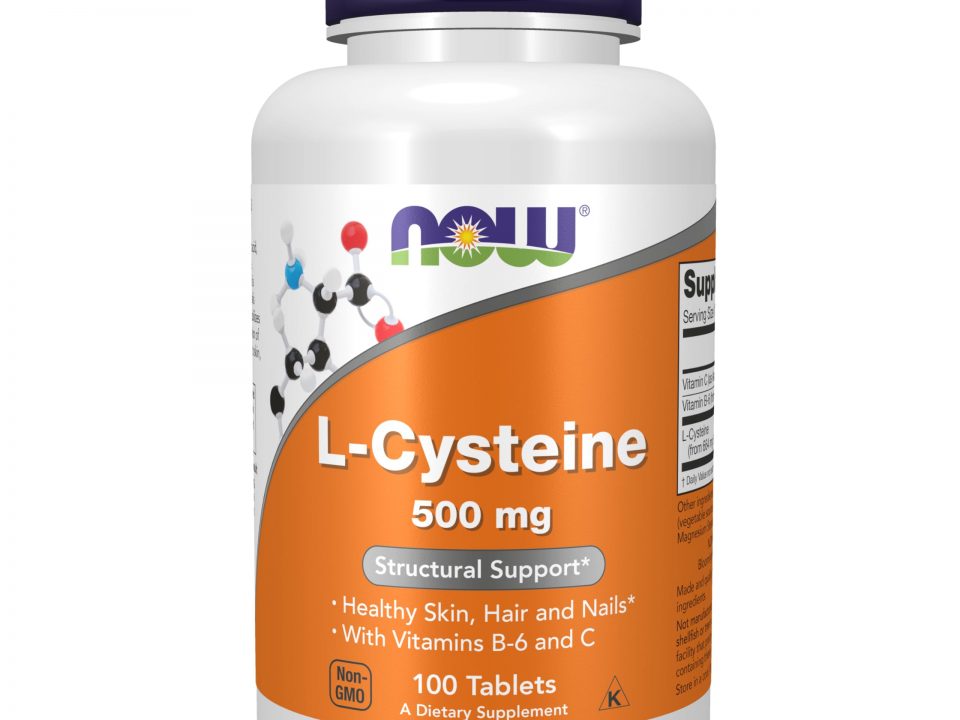- با ما در تماس باشید
- 09308658811
- iranepf@gmail.com
The effect of a decaffeinated green tea extract formula on fat oxidation, body composition and exercise performance
The effect of turmeric (Curcumin) supplementation on cytokine and inflammatory marker responses following 2 hours of endurance cycling
۳۰ بهمن ۱۳۹۳Effects of concurrent training on inflammatory markers and expression of CD4, CD8, and HLA-DR in overweight and obese adults
۳۰ بهمن ۱۳۹۳Justin D Roberts12*, Michael G Roberts2†, Michael D Tarpey2†, Jack C Weekes2† and Clare H Thomas2†
۱ Department of Life Sciences, Anglia Ruskin University, East Road, Cambridge, UK
۲ School of Life & Medical Sciences, University of Hertfordshire, College Lane, Hatfield, Hertfordshire, UK
International Society of Sports Nutrition
Background
The cardio-metabolic and antioxidant health benefits of caffeinated green tea (GT) relate to its catechin polyphenol content. Less is known about decaffeinated extracts, particularly in combination with exercise. The aim of this study was therefore to determine whether a decaffeinated green tea extract (dGTE) positively influenced fat oxidation, body composition and exercise performance in recreationally active participants.
Methods
Fourteen, recreationally active males participated in a double-blind, placebo-controlled, parallel design intervention (mean ± SE; age = ۲۱٫۴ ± ۰٫۳ yrs; weight = ۷۶٫۳۷ ± ۱٫۷۳ kg; body fat = ۱۶٫۸۴ ± ۰٫۹۷%, peak oxygen consumption [ V˙O2peak] = ۳٫۰۰ ± ۰٫۱۰ L·min−۱). Participants were randomly assigned capsulated dGTE (571 mg·d−۱; n = ۷) or placebo (PL; n = ۷) for 4 weeks. Following body composition and resting cardiovascular measures, participants cycled for 1 hour at 50% V˙O2peak, followed by a 40 minute performance trial at week 0, 2 and 4. Fat and carbohydrate oxidation was assessed via indirect calorimetry. Pre-post exercise blood samples were collected for determination of total fatty acids (TFA). Distance covered (km) and average power output (W) were assessed as exercise performance criteria.
Results
Total fat oxidation rates increased by 24.9% from 0.241 ± ۰٫۰۲۵ to 0.301 ± ۰٫۰۰۹ g·min−۱ with dGTE (P = ۰٫۰۵; ηp2 = ۰٫۴۵) by week 4, whereas substrate utilisation was unaltered with PL. Body fat significantly decreased with dGTE by 1.63 ± ۰٫۱۶% in contrast to PL over the intervention period (P < ۰٫۰۰۱; ηp2 = ۰٫۸۴). No significant changes for FFA or blood pressure between groups were observed. dGTE resulted in a 10.9% improvement in performance distance covered from 20.23 ± ۰٫۵۴ km to 22.43 ± ۰٫۴۰ km by week 4 (P < ۰٫۰۰۱; ηp2 = ۰٫۸۵).
Conclusions
A 4 week dGTE intervention favourably enhanced substrate utilisation and subsequent performance indices, but did not alter TFA concentrations in comparison to PL. The results support the use of catechin polyphenols from dGTE in combination with exercise training in recreationally active volunteers.
Keywords:
Green tea; Body composition; Fat oxidation; Exercise performance


